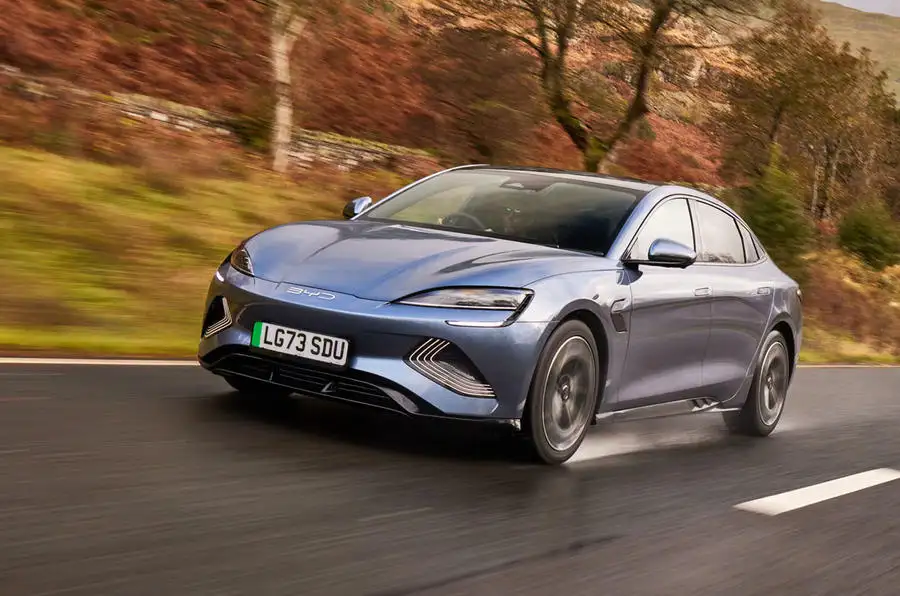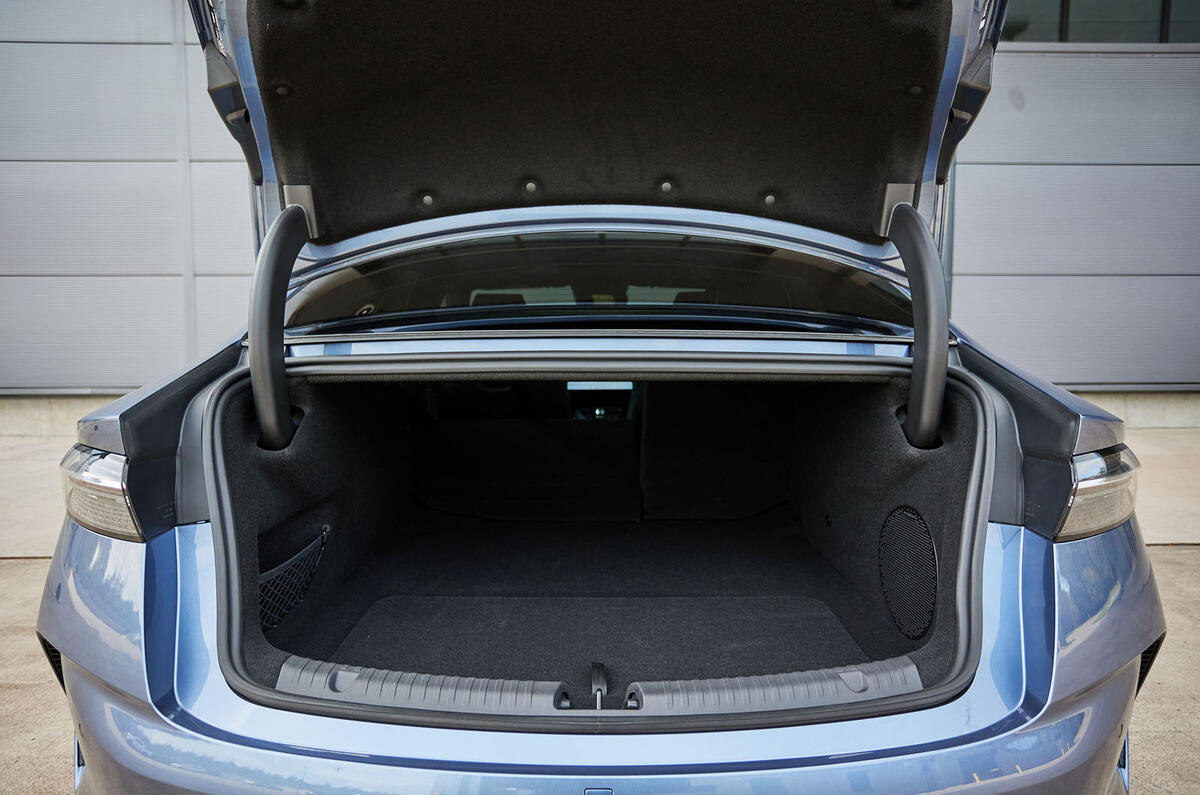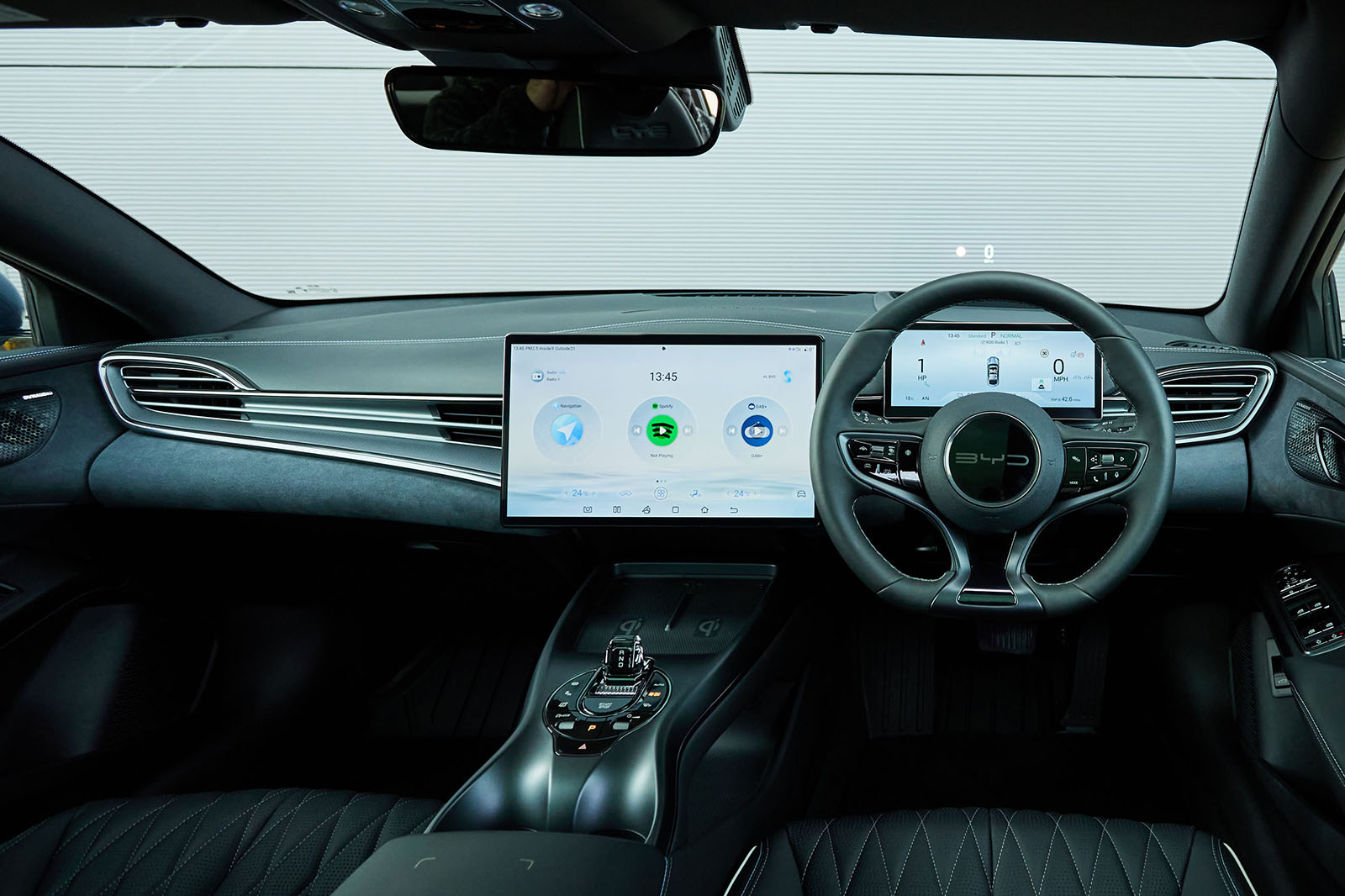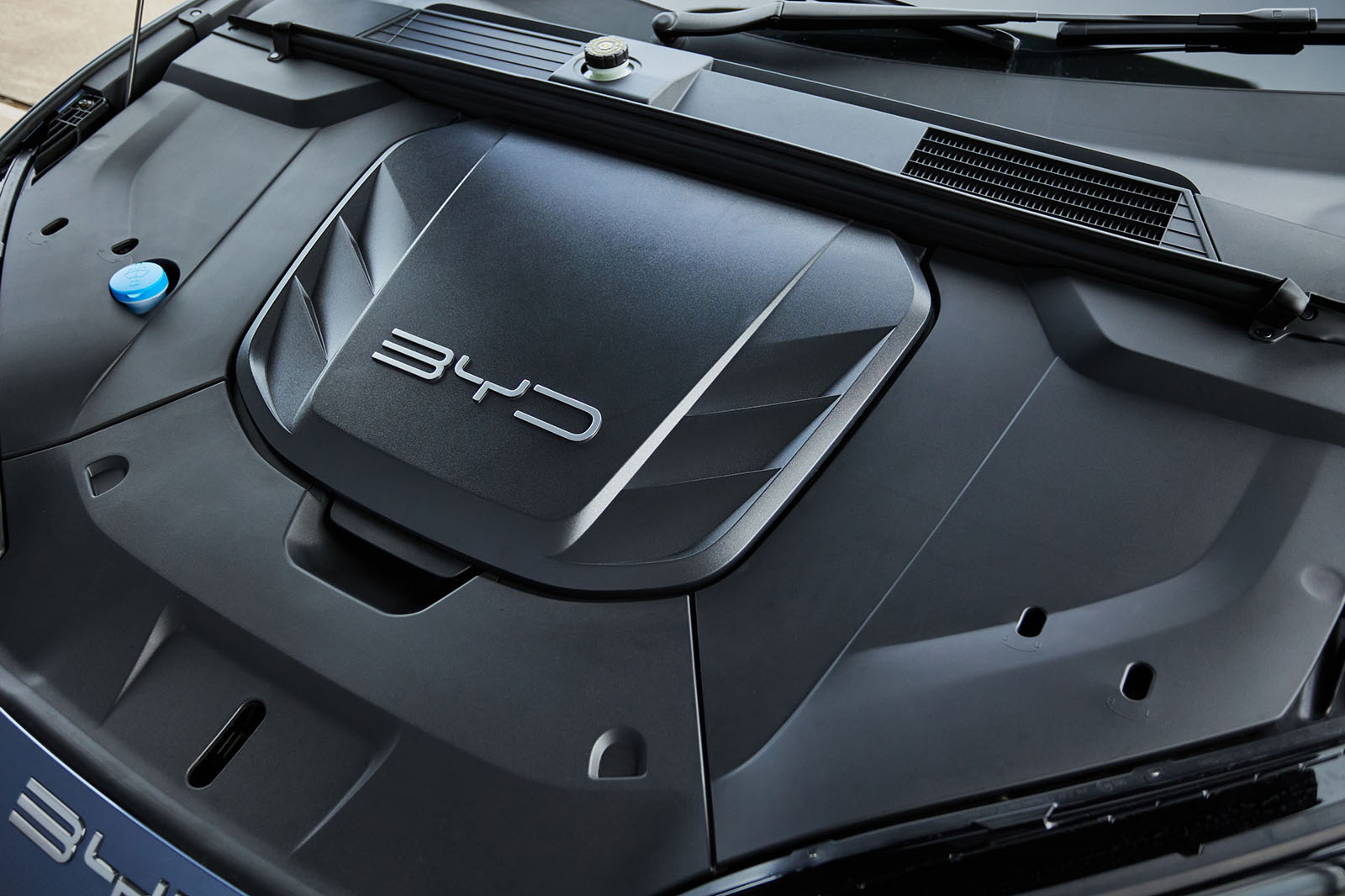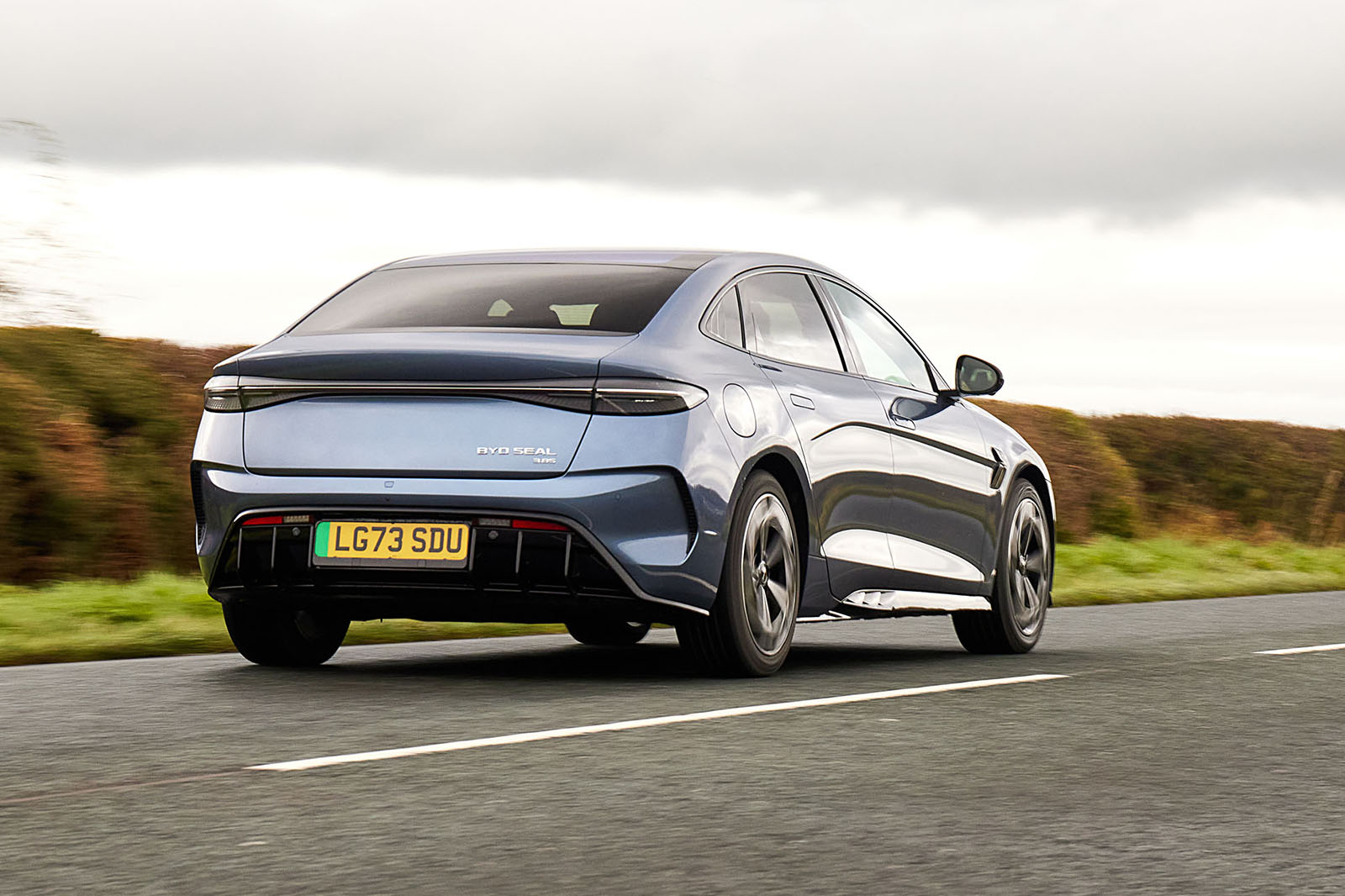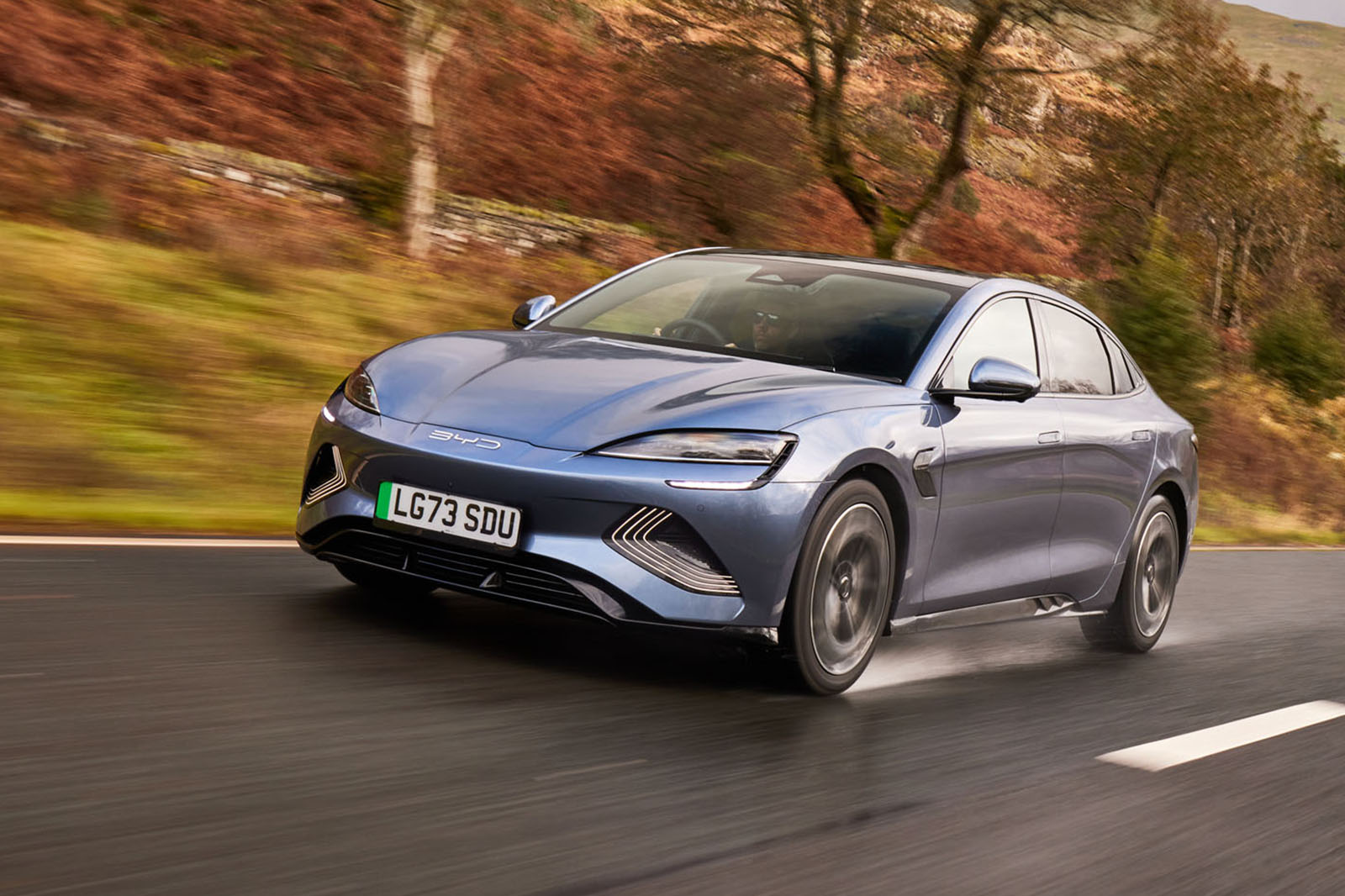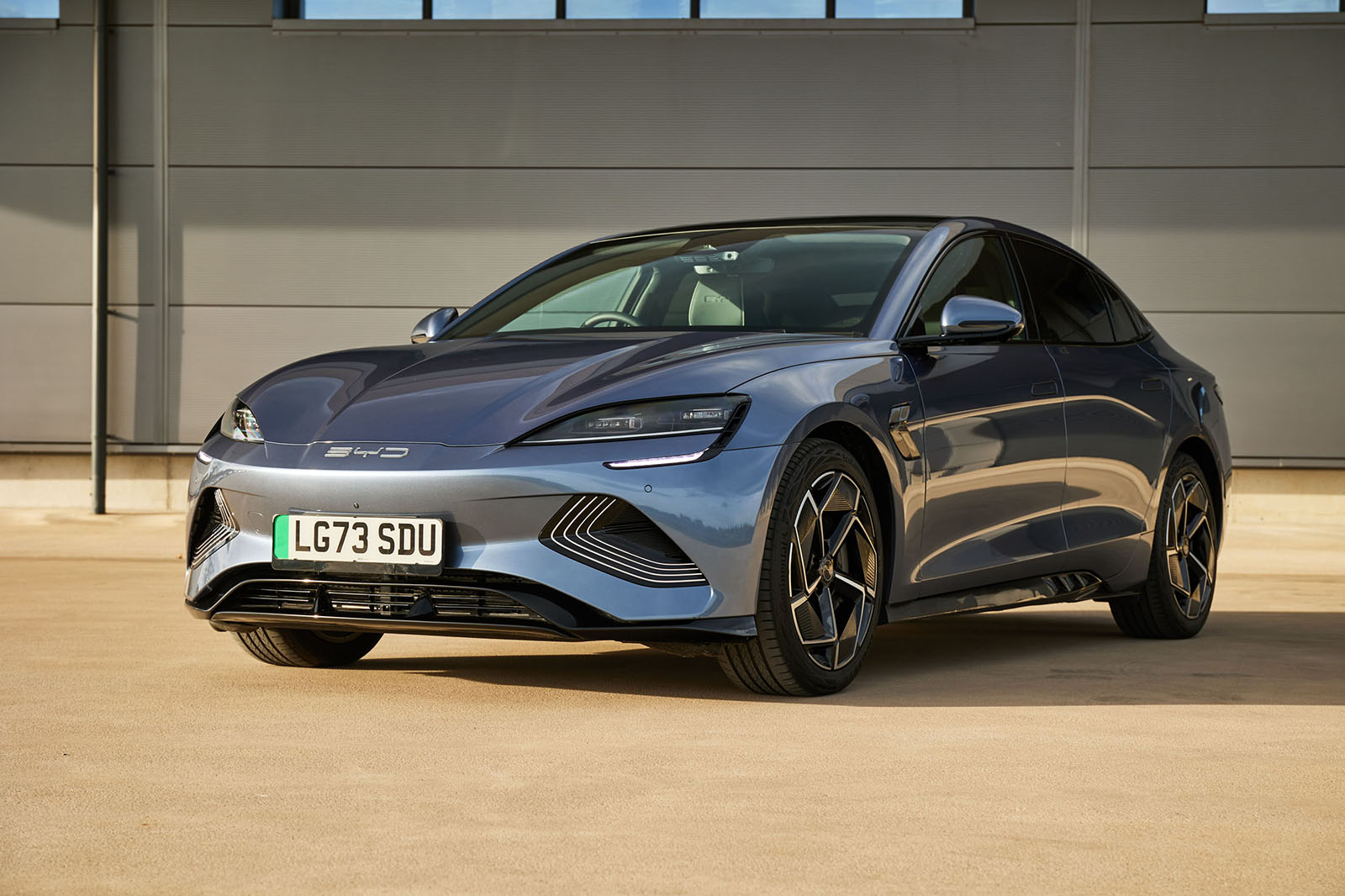In its mission to overcome the might of the established brands in Europe, Chinese battery giant BYD is bolstering its presence here with arguably its most important EV to date: the BYD Seal.
While the BYD Atto 3 is designed to take on the likes of the Volkswagen ID 3, this electric saloon is ambitiously intended to rival the Tesla Model 3, Hyundai Ioniq 6 and BMW i4.
BYD is a huge company, employing some 600,000 people across six continents to produce not only cars but also batteries, solar panels, trains and buses. Roughly one in five mobile phones around the world has a BYD battery. And it manufactures almost everything in-house, including its cobalt-free, lithium-iron-phosphate Blade EV battery.
Blending hints of Porsche Taycan and Genesis GV60, the Seal is by far the best looking of the Euro-focused BYDs so far, to these eyes at least. The design leans into the maritime theme more than the BYD Dolphin hatchback, with a couple of fin and gill details, which are subtle enough.
The Seal sits on the same e-Platform 3.0 as the Atto 3 and Dolphin. However, it gets a bigger 82.5kWh battery pack and the single-motor version is rear-wheel drive, rather than front-wheel drive. It has 308bhp and should get 354 miles on a charge, while the dual-motor, four-wheel-drive version gets a very serious 523bhp. It should still be good for 323 miles, according to the WLTP test.


